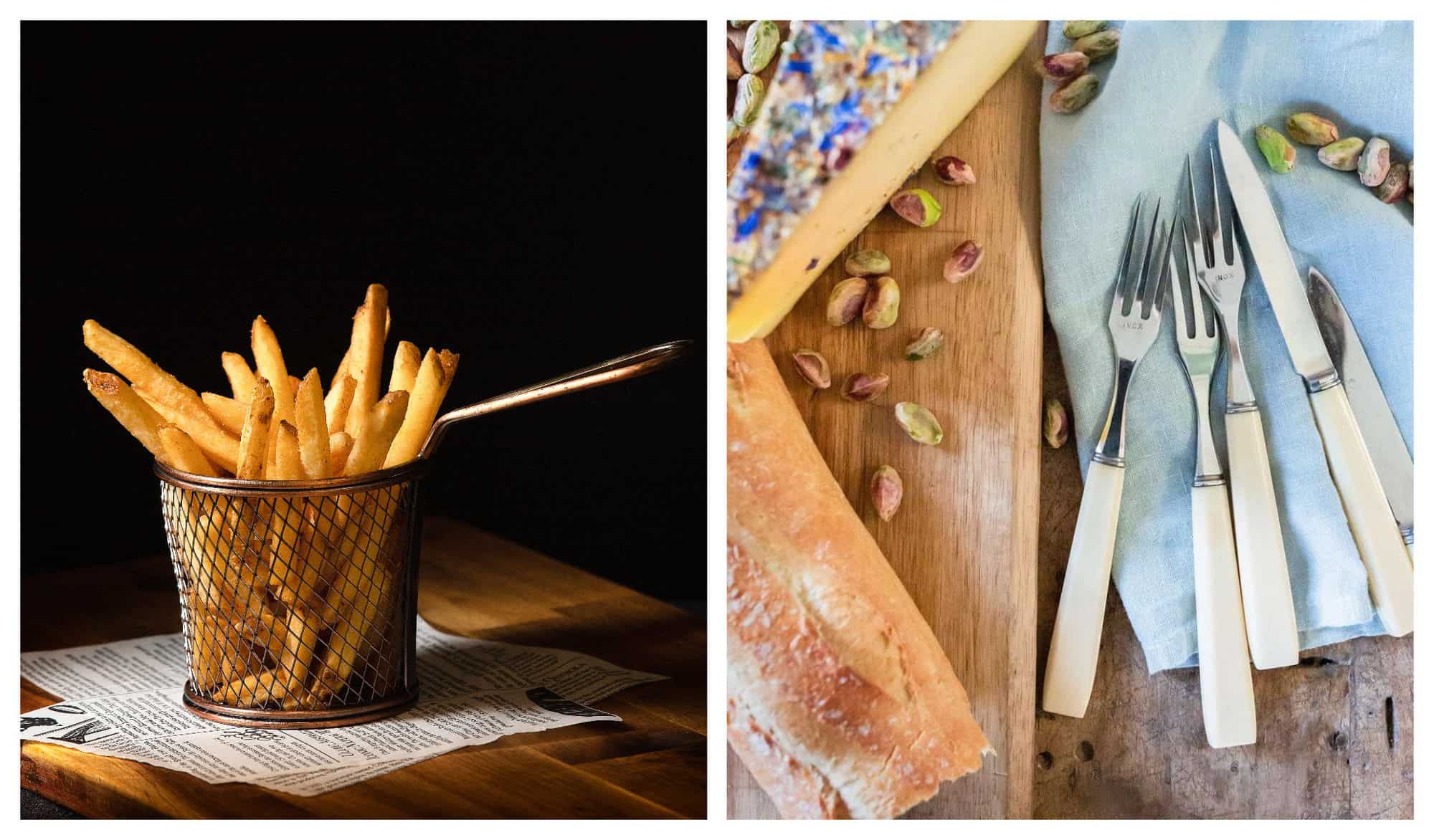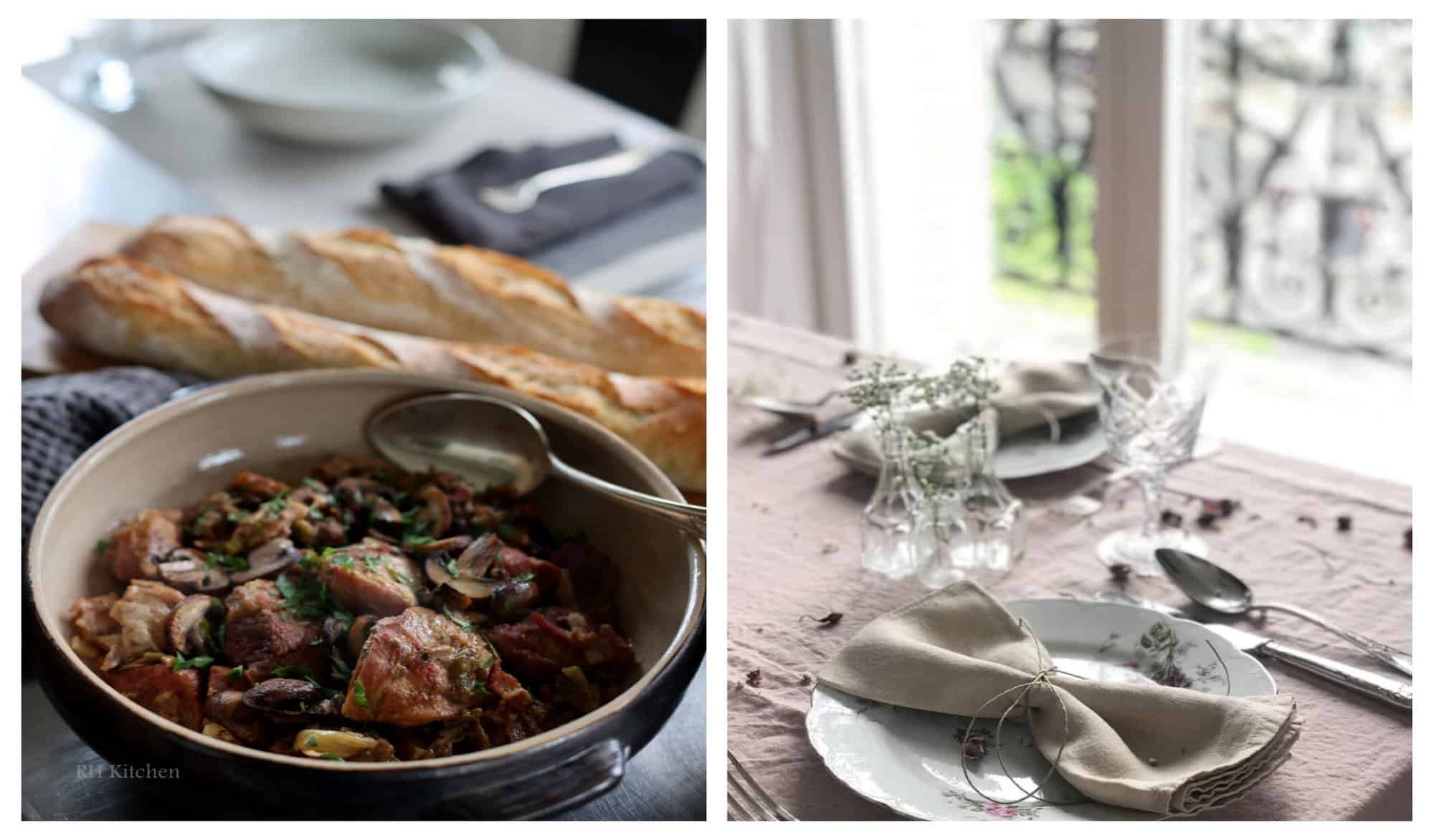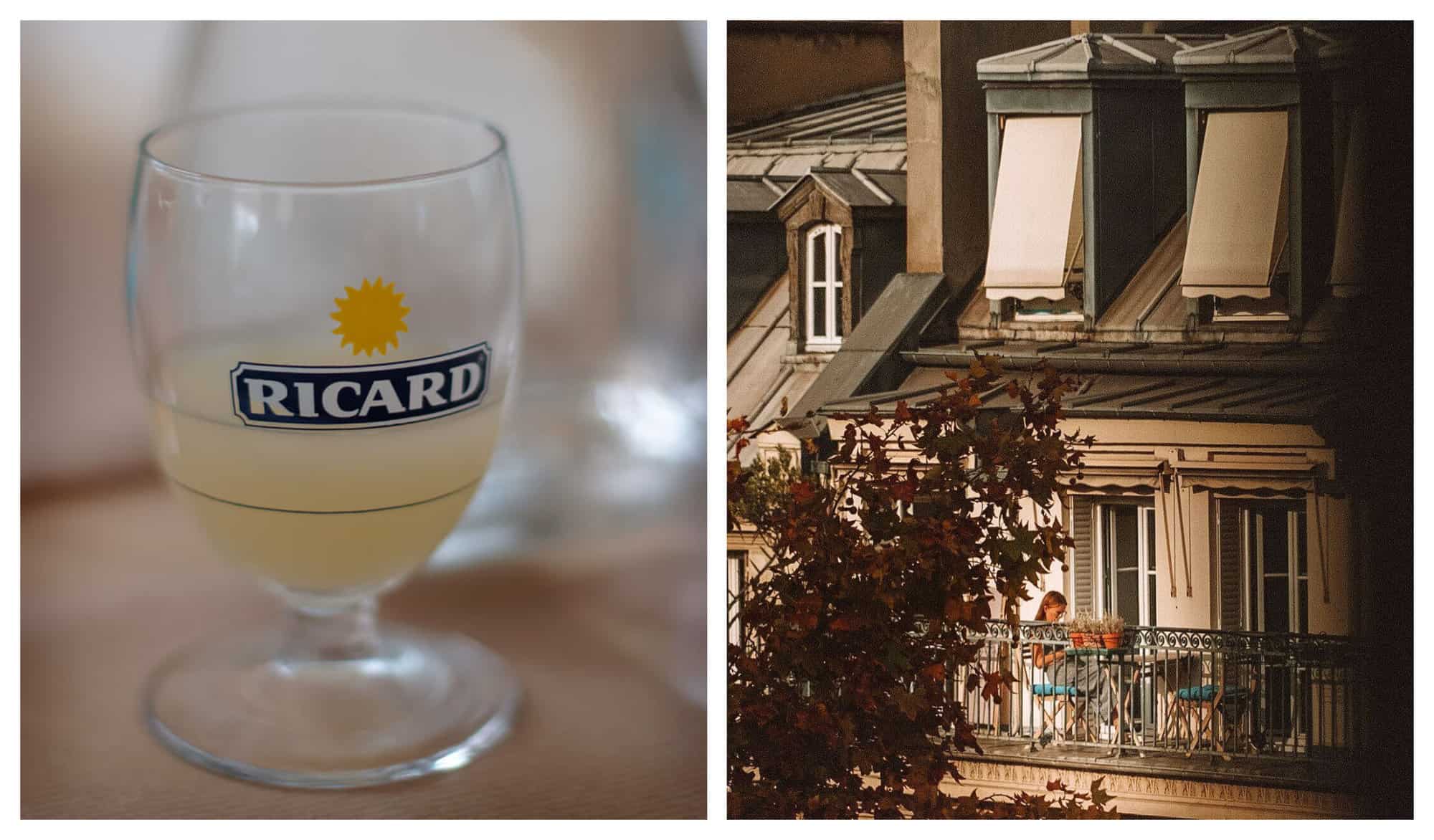In our French-Indian household, my husband and I have created a pastiche of food and cooking rituals blending both cultures. Sometimes the medley turns out beautifully. Other attempts haven’t been so successful. Like the time we added garam masala (Indian spice blend) to a hachis parmentier, which we then haplessly served to some very confused French friends. Never doing that again!

Above: @cat_in_france / @frenchcookacademy
However, instead of talking about our food experiments in the kitchen, for this piece, I want to address the small stuff. The tiny innocuous-seeming food habits which are a daily part of our life. These small habits from our respective food cultures are sometimes even more difficult to get used to than the obvious food differences.
Here are some food habits I picked up in France. While strange at first, I now see them as metaphors for my growing acquaintance with this once foreign land that has since started to feel like home.

Maille / Eva Bronzini
The French love for cornichon
Contrary to what we believe about the French in India, they do have an affinity for some bold, strong flavors, like sharp mustard, smelly cheeses, and of course, pickles. The king of all pickles in France is les cornichons (tiny pickled cucumbers).
If you asked me to make a list of French staples, it would include jars of cornichon and of course, yoghurt (read my next point for context). Les cornichons are a part of every apéro. They are also found in sandwiches and many other French dishes.
It took me a lot of time to warm up to them. Now, I have come to appreciate les cornichons, especially on a charcuterie board, cutting through the fattiness of cold cuts while balancing the ripe intensity of cheese. They are the perfect palate cleanser in between different kinds of cheeses.

French fries with French mayonnaise only
The French are very particular about balancing flavors. Sometimes, to the point of being a little rigid about food combinations and timings. But they do get some things very right. Mayonnaise with fries is definitely on the top of this list.
My idea of what mayonnaise is has changed completely after moving to France. No longer do I equate it with being a tasteless blob of fat. French mayonnaise is flavorful with a rounded acidity that balances its thick creaminess. Salty fried potatoes now seem like the most perfect vessel to complement the smooth tartness of French mayo.

French love for yoghurt
It is a truth (unofficially) universally acknowledged that the French love their probiotics. At any point in time, our fridge has way too many cartons of a variety of yoghurt. Though I am from a yoghurt-loving country myself, the scope of the yoghurt industry and demand is nowhere near what I have observed in France.
When we consider that Louis Pasteur, a Frenchman, was the first to discover microbial fermentation and pasteurization, we can understand how deep the roots of dairy runs in France’s scientific heritage, economy and of course, food culture.

Drinking pastis in summer
Anise is present in most spice blends in India. Highly aromatic and rich, it is called saunf in Hindi and is also often used as a mouth freshener.
My first summer in Paris, I discovered that the French too have a penchant for anise, but as an alcoholic drink, pastis! You can imagine how confusing it was for my palate to drink what I had until then only associated with something to freshen my breath after a hearty meal.
Once I got over my initial consternation, I could see the appeal. Pastis is cooling, the drink is never bland and of course, as I knew from prior experience, it is extremely (mouth) freshening.
My husband made sure to take a bottle of Ricard (the classic French pastis brand) to India to gift to my bemused and fascinated father. Of course, some bonding over alcohol ensued as my father, in turn, introduced my husband to one of the most iconic Indian alcohols: Old Monk Rum.
For my husband, an appreciation for Indian rum would definitely be something he picked up from visiting there. He has also learnt to love the sharp bite of mustard oil, especially in Indian-style mashed potatoes. Also, to my surprise, he even can tell when I have used store-brought chilli paste instead of fresh green chilli.
My husband has broadened his food ambitions to include cooking biryani this winter, while I intend to cook my first soupe à l’oignon. While we are hoping for the best, stay tuned for my next piece to find out more about our French-Indian kitchen adventures.
Related Links
- Check out more from the “Cooking with My French Husband” series.
- Looking for a new experience? Try out a French food hall.
- Read about essential ingredients you need for French cooking.
Written by Pronoti Baglary for HiP Paris. Looking to travel? Check out Plum Guide and our Marketplace for fabulous vacation rentals in Paris, France or Italy. Looking to rent long or short term, or buy in France? Ask us! We can connect you to our trusted providers for amazing service and rates or click here. Looking to bring France home to you or to learn online or in person? Check out our marketplace shop and experiences.























I am from Belgium. And we like to believe we are the inventors of what we call “frieten” or in our dialect ‘ne frut’ and the french call French fries.
At every street corner you find a ‘frituur’ where you can buy fries with sauce and maybe an extra snack.
The most traditional one is a pointy paper bag with fries, salt and mayonaise.
I often visit Paris. And I discovered a big difference between the french and Belgian mayonaise: the french use a lot more mustard in it.
We prefer a more acid taste : preferably by adding lemon. I often add extra lemon or vinegar at mayonaise.
The most disgusting mayonaise is the one the dutch prefer: it tastes sweet! They add sugar in everthing! I sometimes forget it when I am visiting Nederland and even I have eaten a lot of good -food overthere, mayonaise is not one of it.
Sugar in Mayonnaise sounds So wrong.